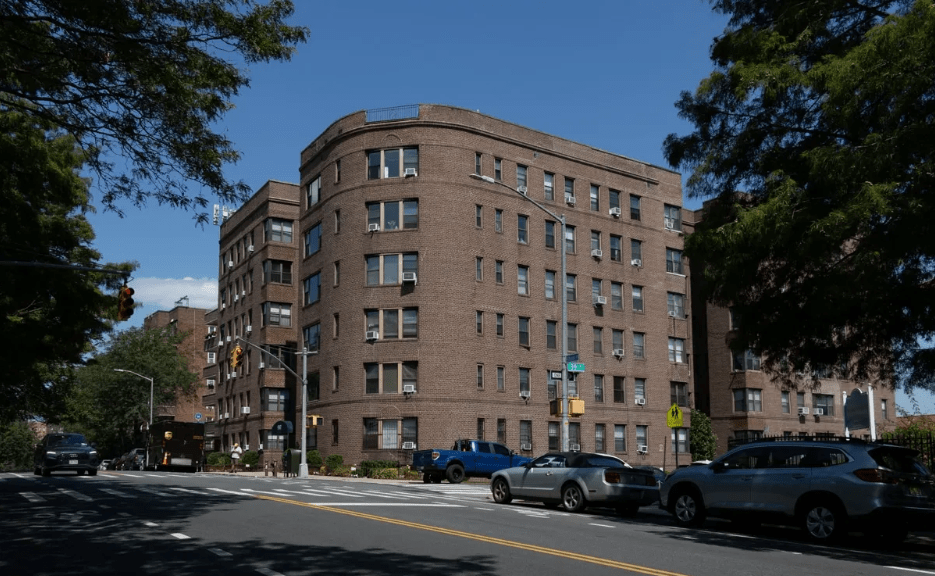By Lawrence Hurley and Andrew Chung
WASHINGTON (Reuters) – U.S. Supreme Court justices on Wednesday appeared conflicted over what to do — if anything — to rein in politicians who draw state electoral maps with the aim of entrenching their party in power in a closely watched case from Maryland over the practice known as partisan gerrymandering.
The nine justices heard an hour of arguments in a challenge by Republican voters to a U.S. House of Representatives district in Maryland drawn by Democratic state legislators. The voters, who have the backing of Republican Maryland Governor Larry Hogan, are appealing a lower court ruling rejecting their challenge.
The justices appeared to struggle to find a way to resolve the issue. Several acknowledged problems with the way Democrats drew the Maryland district.
Based on questions they asked, the justices seemed no closer to answering the major question now before them in this case and in a similar one involving Wisconsin — whether courts should be able to intervene to curb the manipulation of electoral district boundaries purely to favor one party over another.
On Oct. 3, the court, which has a 5-4 conservative majority, seemed similarly unsure on how to proceed when it heard arguments in a challenge by Democratic voters to Republican-drawn legislative districts statewide in Wisconsin, and has not yet issued a ruling.
Stephen Breyer, one of the four liberal justices, suggested that the court put off deciding the cases and instead hear another round of arguments in its next term, starting in October, along with another case from North Carolina.
Partisan gerrymandering, he said, “seems like a pretty clear violation of the Constitution in some form” but the problem is finding a “practical remedy” that would avoid forcing federal judges to decide a huge number of highly politicized cases.
In the Maryland case, there appeared little dispute on the bench that the congressional district’s lines were indeed drawn with partisan intent.
‘TOO MUCH’
Liberal Justice Elena Kagan agreed with Breyer about the problem of deciding how much partisan line-drawing is too much, but, she said: “This case is too much.”
“How much more evidence of partisan intent could we need?” Kagan added.
Conservative Justice Anthony Kennedy, a potential key vote in the case, raised concerns about a ruling so soon before the 2018 mid-term election in November that would “upset settled expectation” but also indicated there was evidence of partisan intent.
The rulings in the Maryland and Wisconsin cases, due by the end of June, could alter the U.S. political landscape, either by imposing limits on partisan gerrymandering or by allowing it even in its most extreme forms.
The Supreme Court for decades has been willing to invalidate state electoral maps due to racial discrimination but never those created just for partisan advantage.
Both parties over the years have engaged in partisan gerrymandering. Democrats have said partisan gerrymandering by Republicans in such states as Wisconsin and Pennsylvania has helped President Donald Trump’s party maintain control of the U.S. House of Representatives and various state legislatures.
Republican voters sued Maryland after the Democratic-led legislature in 2011 redrew the boundaries of the state’s Sixth District in a way that removed Republican-leaning areas and added Democratic-leaning areas. Maryland’s map led to Democrat John Delaney beating incumbent Republican Roscoe Bartlett to take the district in 2012.
At the time, Maryland also had a Democratic governor, Martin O’Malley. Current Governor Hogan’s election victory in 2014 illustrated Republican strength statewide. But Republicans currently hold just one of Maryland’s eight congressional seats because of the way the electoral boundaries are drawn.
The question before the Supreme Court is whether Maryland’s electoral map violated the U.S. Constitution’s First Amendment guarantee of free speech. The novel legal theory pursued by the challengers is that Republican voters were retaliated against by Democrats based on their political views.
In a 2004 ruling in another case, Kennedy, who sometimes sides with the liberal justices in major rulings, parted with his conservative colleagues to suggest that if partisan gerrymandering went too far courts might have to step in if a “workable standard” could be found.
Conservative Justice Samuel Alito on Wednesday told the attorney for the Republican plaintiffs he did not think their challenge under the First Amendment was a workable standard. “I don’t see how any legislature would ever be able to redistrict,” Alito said.
The Wisconsin challengers presented a different argument, that the Republican-drawn map violated the First Amendment right to freedom of expression and association and the 14th Amendment guarantee of equal protection under the law because of the extent to which it marginalized Democratic voters.
Gerrymandered electoral maps often concentrate voters who tend to favor the minority party into a small number of districts to dilute their statewide clout and distribute the rest of those voters in other districts in numbers too small to be a majority.
Legislative districts are redrawn nationwide every decade to reflect population changes after the national census. Redistricting in most states is done by the party in power, though some states in the interest of fairness assign the task to independent commissions.
(Reporting by Lawrence Hurley; Additional reporting by Andrew Chung; Editing by Will Dunham)














